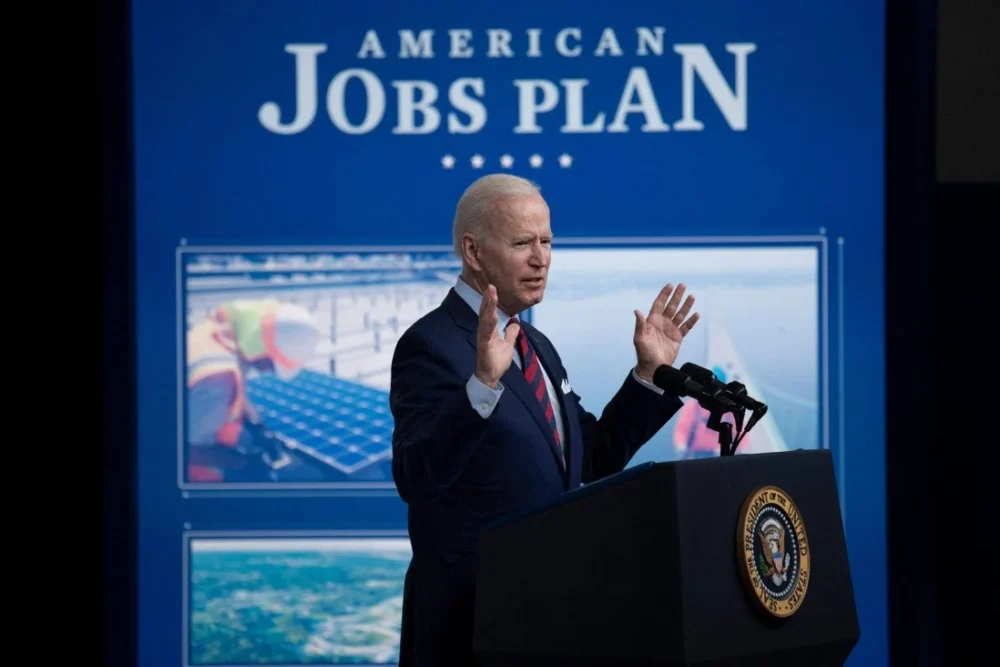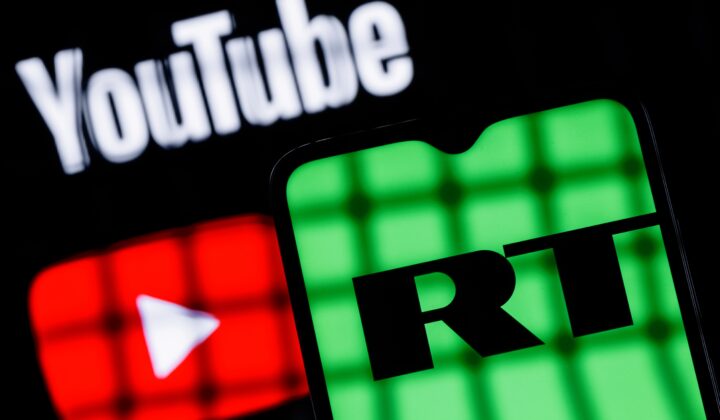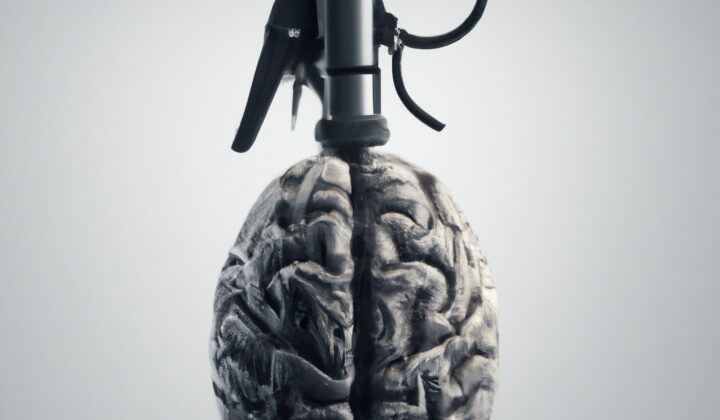Following the passage of the American Rescue Plan, the Biden administration is pitching a massive, new $2.6 trillion infrastructure plan. Depending on the audience, the American Jobs Plan (as it’s called) has earned comparisons to various New Deals (both Green and original), but most agree that at a minimum, it’s bold.
The proposal includes large investments into traditional infrastructure, as well as climate initiatives and “human infrastructure.” The $2.6 trillion plan would spend:
- $621 billion on transportation: rebuilding 20,000 miles of roads, repairing America’s 10 most important bridges, and promoting electric vehicles.
- $311 billion to expand broadband, repair the electrical grid, and ensure clean drinking water.
- $328 billion to modernize buildings like schools and VA hospitals.
- ~$1.4 trillion on more green and “human infrastructure” investments: $590 billion for domestic manufacturing, R&D, and job training; $400 billion for elder care; and $400 billion for clean energy tax credits.
However, many Republicans oppose the proposal, including John Thune and Mitch McConnell, who emphasize that only 6% would go towards roads and bridges. Rep. Liz Cheney went further, asserting only 6% will go to infrastructure, period. McConnell also disparaged the plan as a “Trojan horse” for Democratic priorities.
It is likely that the proposal will be pared down. Republicans are expected to counter with a more narrow $600-800 billion proposal, and “Senate swing vote” Joe Manchin insists the process be bipartisan. Some speculate that Biden’s proposal may be split into separate pieces of legislation and that Democrats will ultimately prioritize more traditional infrastructure.
Is the plan really only 6% infrastructure?
No. McConnell and Thune are correct that only 6% is earmarked for roads and bridges, but more than four times that (26%) is devoted to what most experts consider “infrastructure” (e.g. railroads, public transit, electrical grid, and broadband). Furthermore, many of the plan’s other investments, including those in capital, green energy, and manufacturing, fall under a “gray area,” according to Politifact. Admittedly, other major items, like the $400 billion for elder care, don’t constitute actual infrastructure. That said, the definition of infrastructure also changes over time—broadband would not have been considered infrastructure 50 years ago.
Why is infrastructure important to democracy?
Infrastructure is vital for our democracy for two reasons:
First, infrastructure is a litmus test for government accountability. Filling potholes and repairing roads and bridges is one of the most basic ways government serves its constituents. And, especially during a time of hyperpartisanship, fulfilling these duties shows that the government can come together to accomplish something tangible for the people.
This function is all the more important because American infrastructure is deficient: despite modest recent improvements, the American Society of Civil Engineers still gives it a “C-” and America has slipped in the World Economic Forum rankings from fifth in the world in 2002 to thirteenth in 2019.
Second, infrastructure is a prerequisite to social mobility in America. It isn’t just that many Americans depend on public transportation to commute or drive on public roads. Think of rural Americans who lack broadband, Texans afflicted by blackouts, and residents of Flint—they underscore the vital role infrastructure plays in guaranteeing opportunity. It is no wonder then that a study analyzing 60 years of U.S. data found infrastructure significantly improves economic opportunity, particularly for the poor.
The TVA electrified Depression-era rural America. The Intercontinental Railroad was a technological triumph. Our nation has a proud tradition of bold infrastructure. It’s time to carry that heritage into the 21st century, hopefully in a way that includes all classes, areas, and even, just maybe, both parties.





